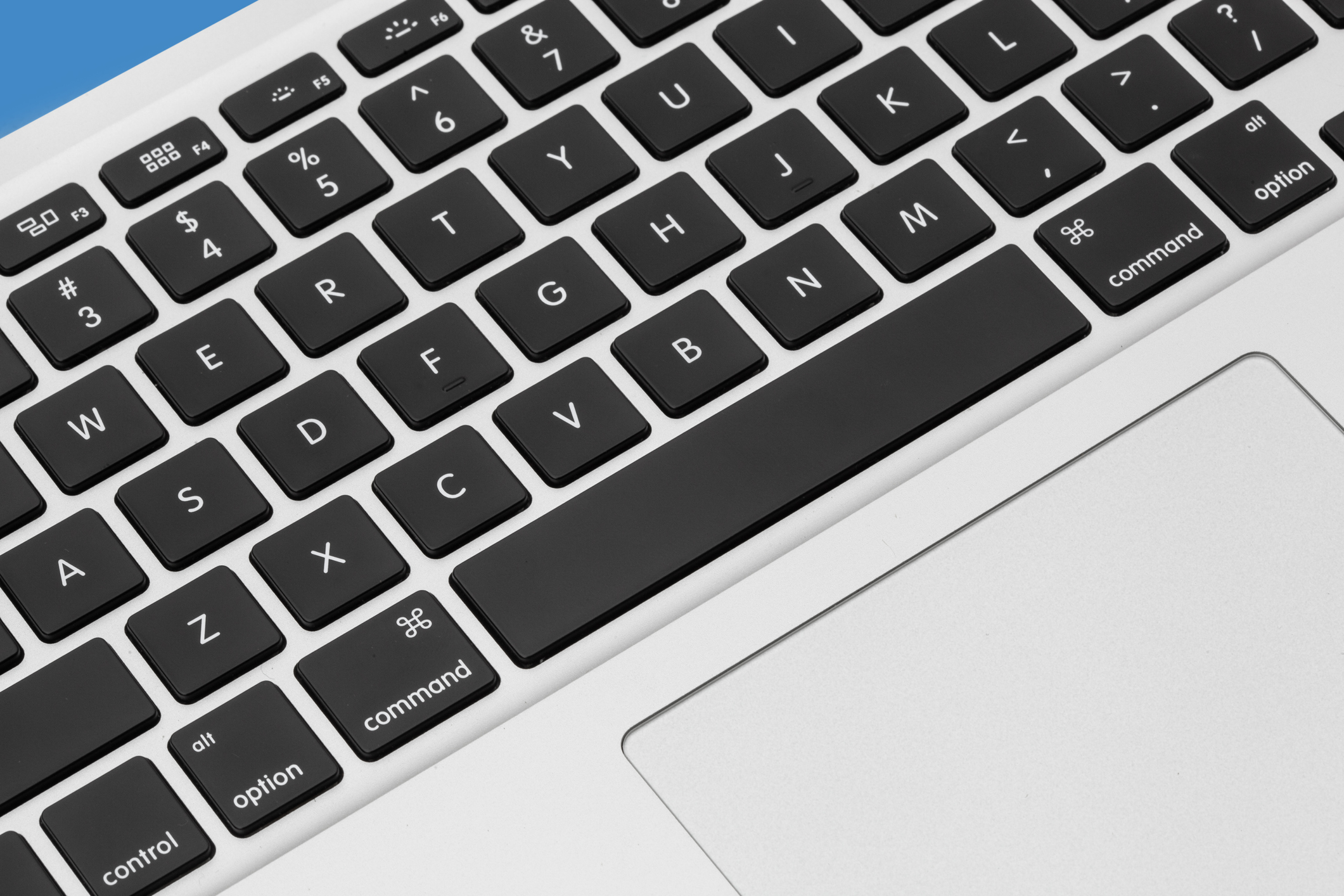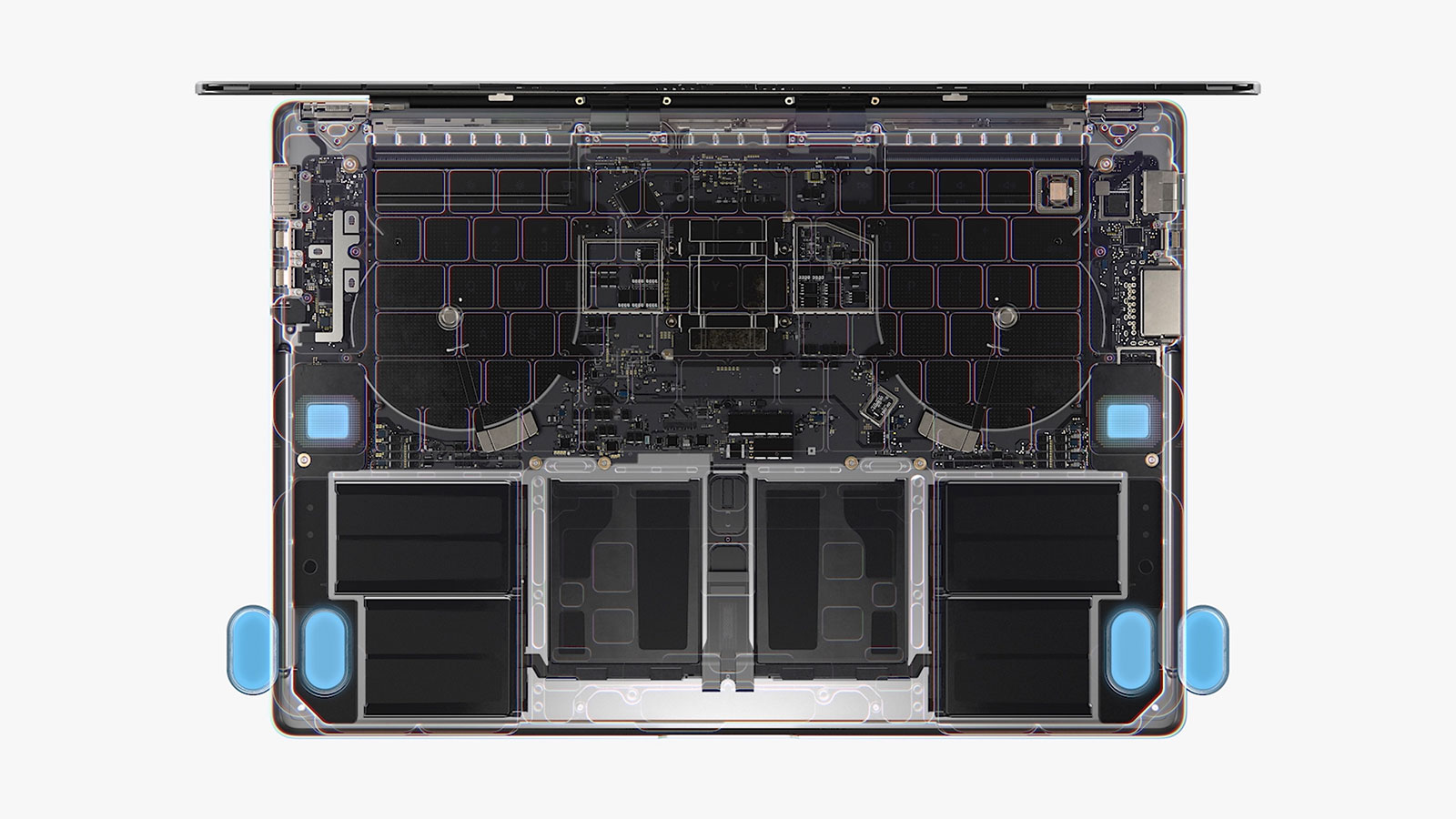Four months after opening its Self Service Repair offerings to iPhone owners in the U.S., Apple is adding a handful of MacBooks to the mix. When the laptop repair program opens tomorrow, it will include the 2020 M1 MacBook Air and 13-inch MacBook Pro and the 14- and 16-inch 2021 M1 Pros.
As with the iPhone before it, Apple will continue adding more models (and repair types) moving forward. That includes the new M2 MacBooks (released after work began on the project) and additional systems like the iMac and Mac Studio Display.
There’s already a fairly wide range of repairs available, including the display, battery, top and bottom case, TrackPad, Touch ID module, speakers, audio board and Logic Board, among others. Prices, predictably, range fairly dramatically, from $5 for five screws, $12 for an audio board and $29 for speakers to ~$580 for the logic board. The company says prices are the same as what it charges for the 5,000 or so Apple Authorized Service Providers around the country.

Apple MacBook Pro
The pricing, keep in mind, is after trading in the older model. That both encourages recycling and keeps the prices down for Apple, which recirculates refurbed components back into the Apple ecosystem, be it through refurbished systems or the repair program itself.
Those parts that are simply too busted to save, meanwhile, get recycled, while the company still gives a discount. It’s not an insignificant one either — the logic board, for instance, is nearly 3x the price if you don’t send back the old one. It’s also attempting to address potential incompatibility. No word on whether such an issue could potentially break the system’s warranty.
The logic board is the most interesting piece of the puzzle here. I suspect handy folks will be inclined to use Self Service Repair as a kind of after-market upgrade for things like RAM and storage. The company is nipping that impulse in the bud, however, by only offering the discount if you send in a part with the same SKU. That means if you buy a board with a larger hard drive, you’ll be paying full price for the component — and it’s not cheap. This is done to actively discourage users from trying to undercut the price by upgrading after the fact.
Like the iPhone before it, Apple is providing its own pro tools for repairs. The tool size turned heads last time. Getting a massive hard case shipped to your home to repair a little phone is not exactly the most convenient thing in the world, especially compared to companies like Samsung and Google, which partnered with iFixit for their own repair offerings. But Apple is effectively giving you the same tools its certified repairers use. You can always use your own with the instructions provided on the site, but again, breaking the system during repair is a quick way to get out of a warranty.

Image Credits: Apple
As ever, the company would rather push most people to get their devices fixed by an authorized repairer.”Over the past three years, Apple has nearly doubled the number of service locations with access to genuine Apple parts, tools, and training, including more than 3,500 Independent Repair Providers,” it notes in a release. “A global network of more than 5,000 Apple Authorized Service Providers supports more than 100,000 active technicians. As a result, in the US, eight out of 10 Apple customers are located within 20 minutes of an authorized service provider.”
With right to repair legislation seemingly over the horizon, however, Self Service Repair, at very least, presents the option to fix it yourself, even if the process isn’t especially easier. Ultimately, you’ve got to do the math yourself on that one.
The repair kit is available for a $49 rental. And the good news is that the Mac’s kit is actually smaller that the iPhones, due to the fact that it doesn’t require a glue-melting machine. The other good bit of news is that because Macs are larger and less tightly packed together, there’s a bit more room for error here. Though, again, the company is recommending these repairs only to those with some experience under their belt, lest something go terribly wrong.















 English (US) ·
English (US) ·